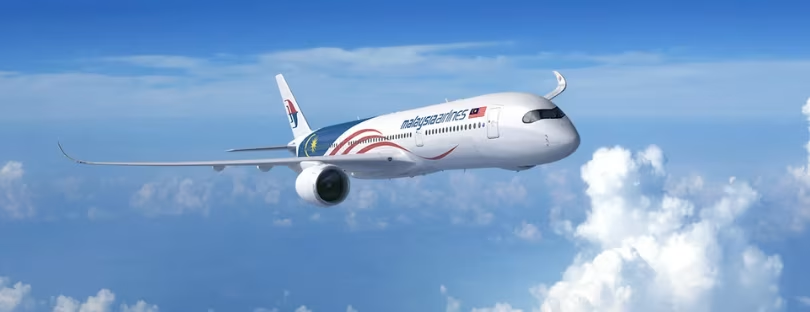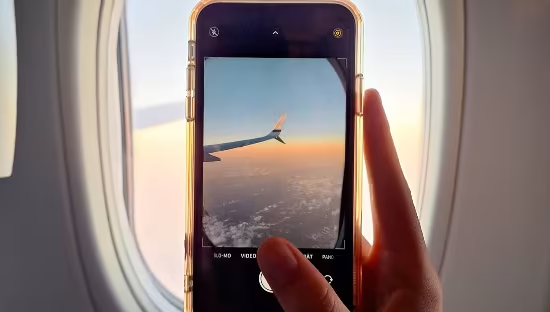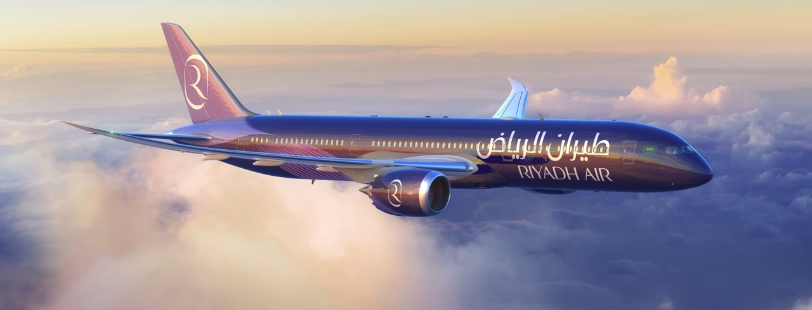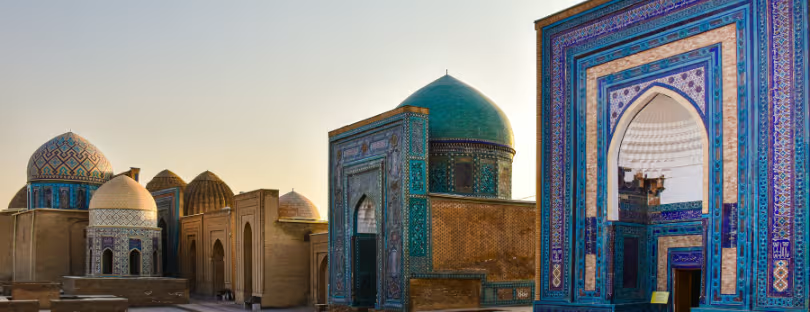
Malaysia Aviation Group Becomes First Airline to Partner With Adobe, Google, Skyscanner, and Visa
When airlines talk about “digital transformation,” the phrase often feels like marketing jargon. But Malaysia Aviation Group (MAG), the parent company of Malaysia Airlines, Firefly, MASwings and Amal, has just raised the bar. The group has unveiled a groundbreaking partnership with four of the world’s biggest tech and travel names — Adobe, Google, Skyscanner, and Visa — in what is being called the first collaboration of its kind in global aviation.
Rather than focusing only on operations or customer loyalty, MAG is betting on a fully integrated digital ecosystem that spans inspiration, discovery, booking, payments, and personalisation. It’s an ambitious move that positions the Kuala Lumpur-based group as not only a regional flag carrier, but a true digital pioneer.
A Digital Leap Forward
The announcement was made during MATTA Fair 2025, one of Southeast Asia’s largest travel exhibitions. At the signing ceremony, Clarence Lee, MAG’s Group Chief Digital & IT Officer, described the partnership as a “quantum leap” towards frictionless online travel.
“This is far more than a collaboration — it is about building the digital backbone that makes every MAG journey more seamless, personalised and rewarding,” Lee said. “By partnering with global leaders such as Google, Skyscanner, Adobe and Visa, we’re transforming how travellers discover, interact with, and book their journeys.”
Dersenish Aresandiran, MAG’s Chief Commercial Officer of Airlines, echoed this vision: “The customer journey doesn’t begin at the airport. It starts with inspiration. This partnership is about owning that entire journey — from when a traveller dreams of a destination, to when they complete their booking, and even beyond. That’s where true value lies.”
The Four Pillars of the Partnership
Each of the four tech giants brings a distinct piece of the digital puzzle.
- Adobe: Through its personalisation and data-driven customer experience tools, Adobe will help MAG segment and target travellers with tailored content — whether that’s suggesting family-friendly packages, upgrading business travellers, or crafting first-time flyers’ onboarding experiences. Adobe has long been behind the digital strategies of brands like Marriott and Lufthansa, and its inclusion here suggests MAG wants to play in that same league.
- Google: With its AI advancements such as Gemini and Veo3, Google aims to make search and discovery conversational and intuitive. Imagine asking Google where to fly for a long weekend and getting real-time Malaysia Airlines offers built right into the results. Google already powers much of the back-end infrastructure of modern airlines, but integrating discovery at this scale could prove transformative.
- Skyscanner: As one of the world’s leading metasearch engines, Skyscanner’s role is simple but crucial — ensuring Malaysia Airlines’ visibility wherever travellers are shopping. In a fragmented market where customers increasingly search across multiple platforms before booking, presence is everything.
- Visa: Payments are often the friction point in booking journeys. Visa’s involvement focuses on security, simplicity, and innovation at checkout. With the rise of tokenisation, contactless adoption, and cross-border payment solutions, Visa can help Malaysia Airlines smooth out one of the most decisive moments in travel booking.
Together, these partnerships create what MAG calls the “digital backbone” of its next-generation travel experience.
Why It Matters Now
Airline digital innovation has historically been patchy. Low-cost carriers like Ryanair or AirAsia revolutionised distribution by pushing direct digital sales, while giants like Emirates and Singapore Airlines have invested heavily in loyalty and app ecosystems. But few legacy groups have managed to unite the entire chain — from discovery to checkout — with such a cohesive digital-first strategy.
The timing is also critical. The International Air Transport Association (IATA) reports that over 70% of travellers now prefer to research and book trips on mobile. At the same time, McKinsey has found that airlines still lag behind sectors like retail and banking when it comes to personalisation. MAG’s move, then, can be seen as an attempt to close that gap.
Benchmarking Against Competitors
To put this into context, let’s look at what other airlines are doing:
- Lufthansa Group has partnered with Google Cloud for operational optimisation, but not at the customer-facing scale MAG is pursuing.
- Singapore Airlines integrates rich personalisation through its KrisFlyer app and loyalty ecosystem but leans heavily on internal development rather than cross-brand alliances.
- Delta Air Lines has made significant investments in customer-facing technology, but these are mostly built in-house, supported by partnerships with IT providers like Amadeus.
What makes MAG different is the breadth of collaboration. By combining a metasearch leader (Skyscanner), a payments leader (Visa), a digital experience powerhouse (Adobe), and a discovery engine (Google), MAG is building an ecosystem that goes beyond what competitors are attempting individually.
The Big Picture: Data, Loyalty, and Trust
In essence, this partnership isn’t just about selling more tickets. It’s about data. Every click on Skyscanner, every search on Google, every personalised offer via Adobe, and every payment through Visa generates insights that can refine the customer journey further.
If used responsibly, this data fusion allows MAG to:
- Anticipate traveller needs before they articulate them.
- Tailor loyalty offers with surgical precision.
- Minimise checkout abandonment by removing payment friction.
- Increase ancillary revenue by pushing contextually relevant add-ons like seat upgrades or lounge access.
The challenge, of course, will be ensuring data privacy and trust. Airlines already face scrutiny over how they use personal data, and with global regulations like GDPR and upcoming ASEAN privacy frameworks, MAG will need to balance innovation with transparency.
What This Means for Travellers
For everyday passengers, the benefits are straightforward:
- Easier discovery of Malaysia Airlines fares when searching online.
- Smarter, more personalised offers aligned with real interests.
- Simpler, faster, and more secure payments.
- A consistent, digital-first experience across devices.
In other words, less friction and more inspiration.
Expert View: Is This the Future of Airline Retailing?
Industry analysts have long argued that airlines need to act more like retailers. Accenture’s “Future of Travel” report notes that the next generation of airline profitability will come from retail-driven strategies, not just ticket sales. That means selling the right product, at the right time through the right channel.
MAG’s collaboration looks like a textbook example of that philosophy. Rather than building everything in-house, the group is outsourcing excellence—letting Adobe handle personalization, Google tackle discovery, Skyscanner manage reach, and Visa streamline payments.
This plug-and-play approach could become the model for other mid-size carriers seeking to punch above their weight digitally.
Conclusion: A Bold Benchmark for the Industry
Malaysia Aviation Group’s partnership with Adobe, Google, Skyscanner, and Visa isn’t just a press release. It’s a bold bet that the future of aviation lies in ecosystems, not silos. While Lufthansa, Delta, and Singapore Airlines have each made strong digital moves, none have combined such complementary global players into a unified customer journey strategy.
If executed well, MAG could set a benchmark not just for Southeast Asia, but for the global aviation industry. And as travel continues to rebound, travellers increasingly expect seamless, intuitive, and rewarding digital interactions. This move places MAG at the cutting edge of that trend — one that may soon become the new normal.
For airlines still relying on outdated booking flows and clunky payment systems, the message is clear: the competition is no longer just about the fleet or the lounges. It’s about who can make the digital journey as seamless as the physical one.









